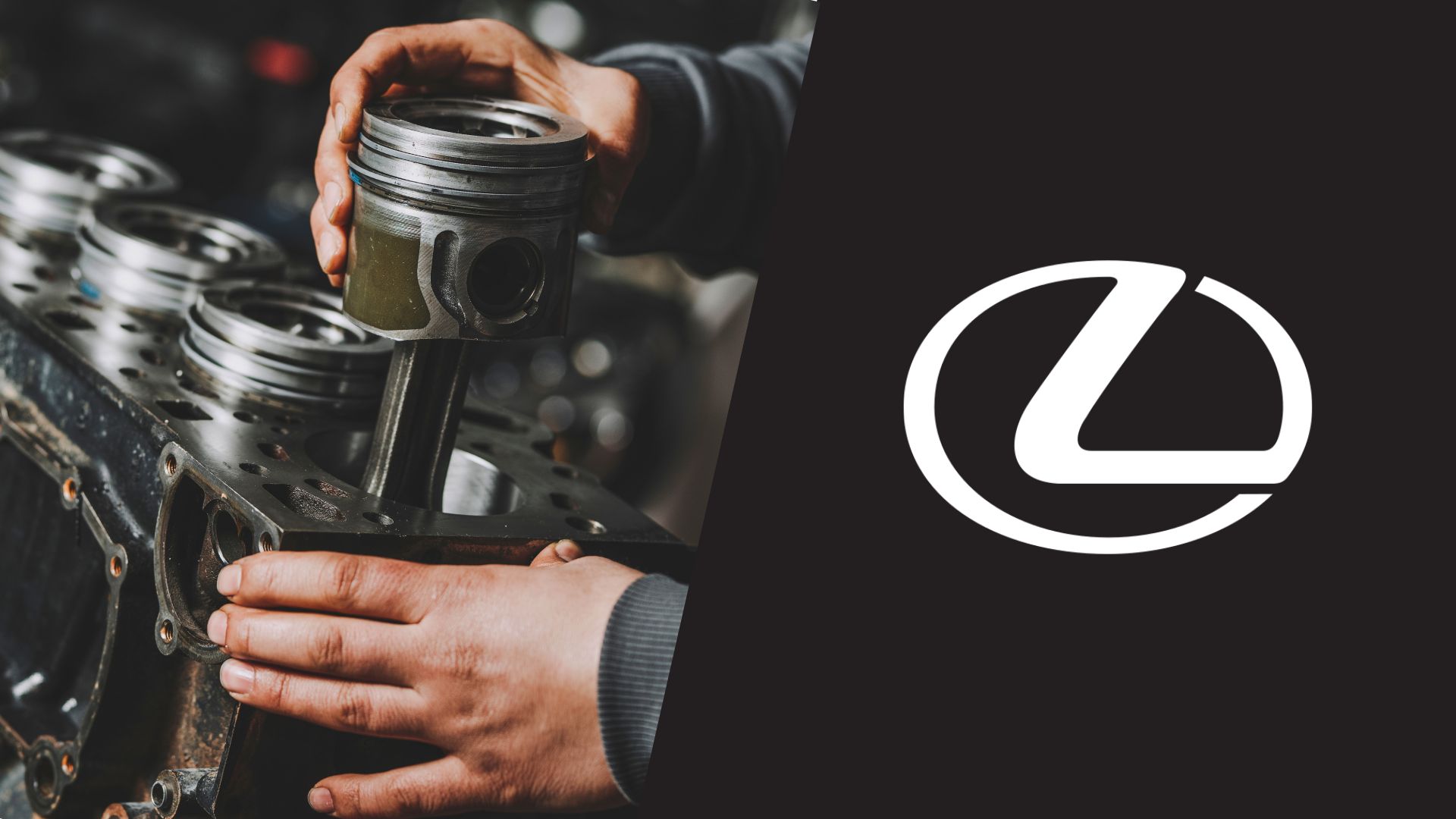Lexus 3.5L (210 cu in) firing order — diagram & guide
Achieving optimal efficiency with the insights on Lexus 3.5L firing order.

If you own a V6 Lexus that’s powered by an engine above the base 2.5L version, we’ve got some good and some bad news for you. The 3.5-liter engine is equally durable as the lower-displacement counterpart, but there are still some routine maintenance tasks that need to be done.
Luckily, our team decided to help with this guide on the Lexus 3.5L (210 cu in) firing order in which we’ll try to lay down all the specs. It’s also important to get to know the cylinder positions of the engine so you can use the firing order to its true potential, so we’ll make sure to clear all that up in the following sections.
Lexus 3.5L firing order
The first thing we need to address is that the Lexus 3.5L firing order is 1-2-3-4-5-6 because of the ignition system without a distributor. The good news is that all the Lexus V6 engines in the GR-FSE group feature the same ignition system, so the firing order isn’t influenced by distributor connections.
In other words, the cylinders fire in order from 1 to 6, and that makes it much more convenient for you as a DIY mechanic. All you need to do to figure out the sources of misfires within the engine or replace spark plugs is identify the cylinder positions so you can use the firing order precisely.
Lexus 3.5L cylinder arrangement
Using the firing order to diagnose misfires and do the necessary engine maintenance gets easier when you know the cylinder positions. In this case, you can relax since it’s pretty straightforward – this V6 engine has all the even cylinder numbers on the left side, and all the odd cylinder numbers on the right side.
It means you can find the first cylinder is on the driver’s side and it’s the one closest to the front end of the engine. Looking at it from that perspective, cylinders on the driver’s side are 1, 3, and 5 front to back, while the same goes for cylinders 2, 4, and 6 on the passenger’s side.
Lexus 3.5L vehicle applications
Now that we’ve cleared that up, it’s time to focus on the vehicle models that the mentioned firing order can be applied to. The 3.5-liter engine was widely used for Lexus and Toyota models, so here’s a complete list:
- Lexus IS350
- Lexus GS350
- Lexus ES350
- Lexus RX350
This same engine was also used in Toyota models like the Avalon, Camry, and Aurion, while it also made a base for some Lotus models like the Evora GT and the latest supercharged Emira.
Our take
Ultimately, the Lexus 3.5L engine proved to be pretty reliable and by using the precise firing sequence of its cylinders, you can make it run smoothly for many more miles to come.
We hope this guide sets you on the right track when it comes to that, so make sure to follow our instructions to do it the right way.